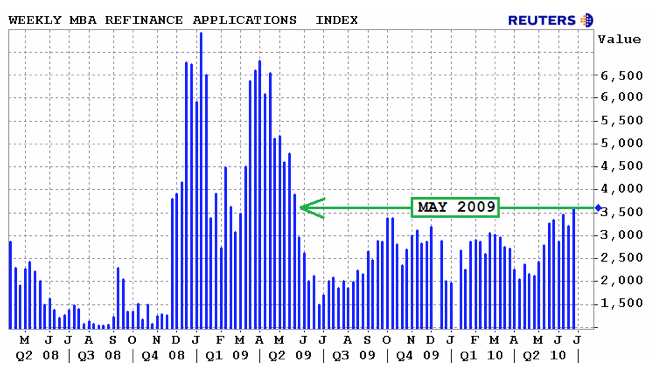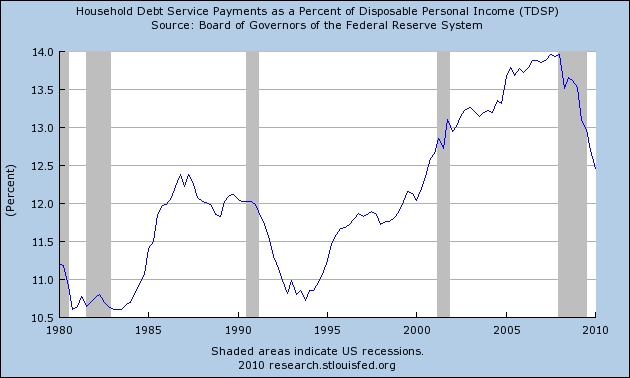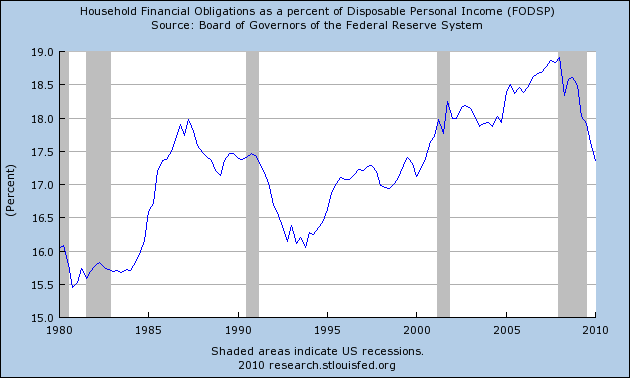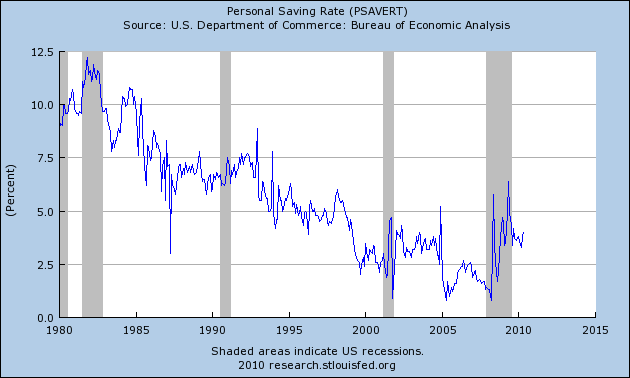The big reason for the drop was the departure of 225,000 census workers. Without that figure, this would have been a gain of 100,000. That is still a weak pace of job creation, but it would have obviously been better than the current headline.
Let's start with the
household survey.
The civilian labor force decreased 652,000, while the civilian non-institutional population increased 191,000. The non-institutional population is the largest group in the employment statistics, while the labor force is the number of people in the non-institutional population who could work. This means the participation rate decreased by .3%, from 65% to 64.7%.
The number of people employed decreased by 301,000.
The number of people unemployed also decreased by 350,000. This combined drop int he civilian labor force and the number of unemployed led to the decrease in the unemployment rate from 9.7% to 9.5%.
The number of people working part time for economic reasons decreased by 182,000. The number of people who could only find part-time work decreased by 225,000.
The
Establishment SurveyThe headline number was a decrease of 125,000, but this number was skewed by the loss of census workers.
Good producing jobs fell by 8,000, largely as a result of a drop in construction employment by 22,000. Although manufacturing is clearly in a recovery, this section of the economy only added 9,000 last month. The reason for the lack of growth in the manufacturing sector is the very low rate of resource utilization, which gives factories a tremendous amount of unused slack that they can first use to ramp up production. This means there is little need for a massive rehiring of employees.
Private service producing jobs increased by 91,000 and government employment decreased by 208,000.
Average hourly earnings, average weekly hours and average hourly earnings all declined.
On a scale of 1-10, I'd give this report a 3.5 at best. Once you get beyond the headline number the reasons for it, you get a very mild increase in employment -- and one that is not what you would expect after coming out of a recession. Simply put, a second half slowdown to 1%-2% GDP growth is pretty much in the cards right now.




















































